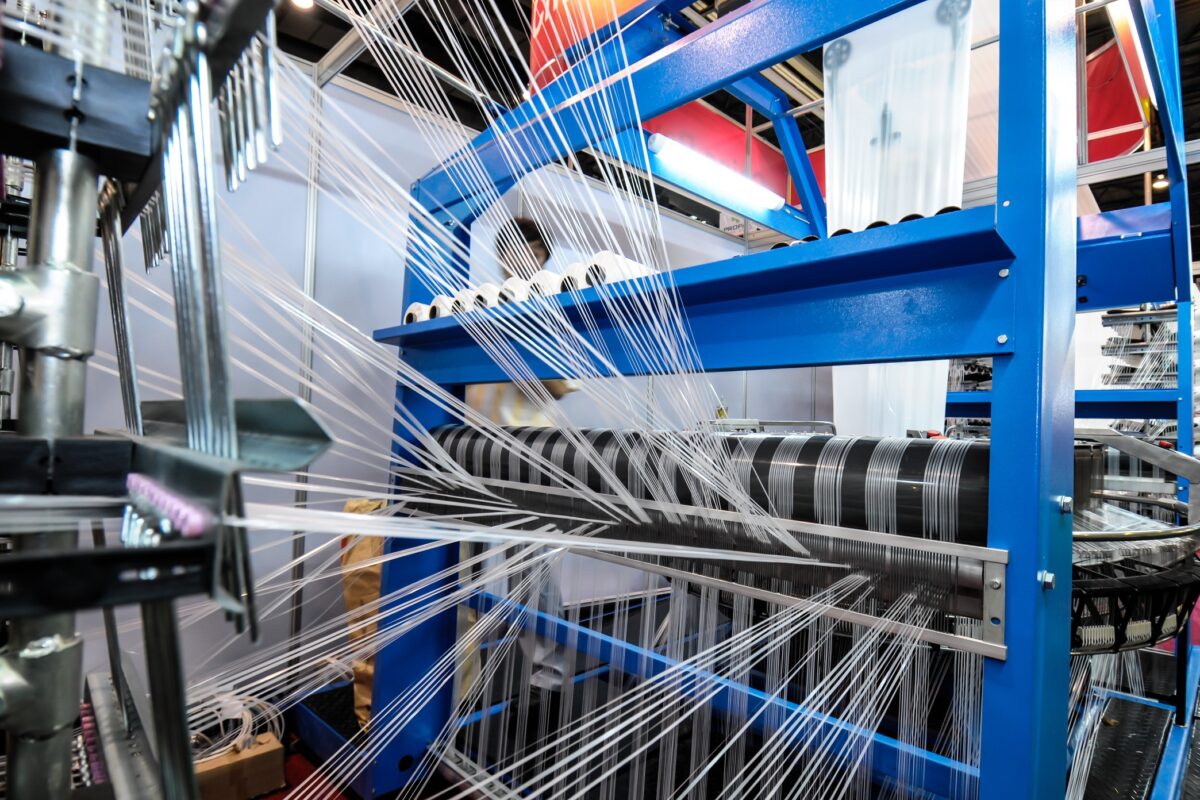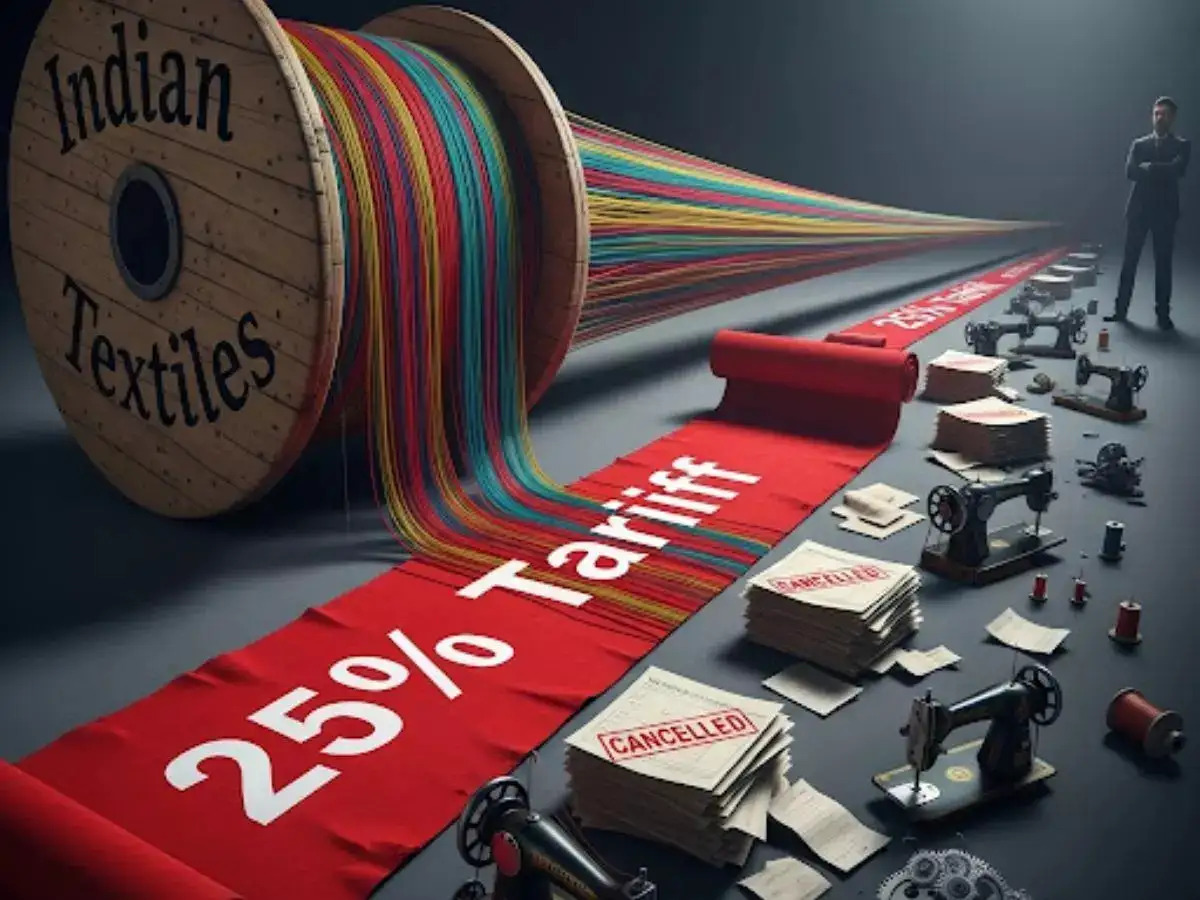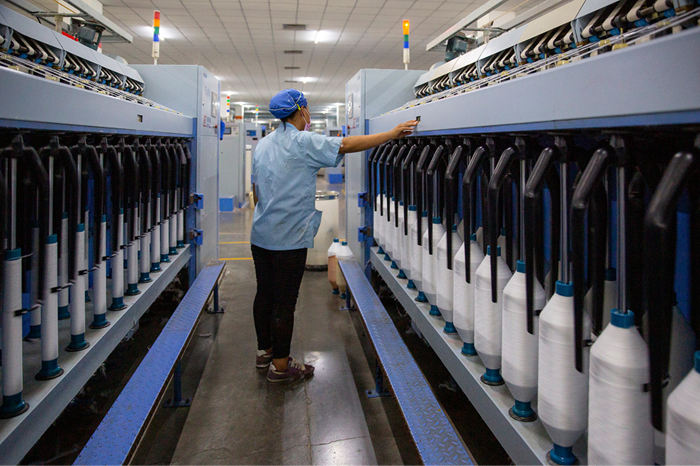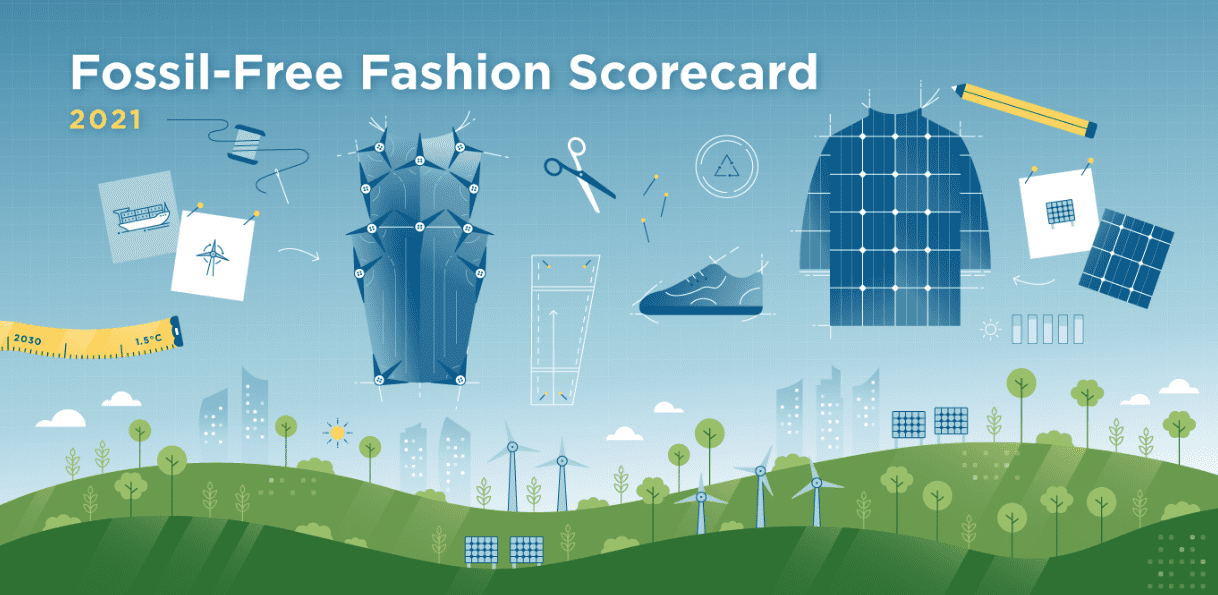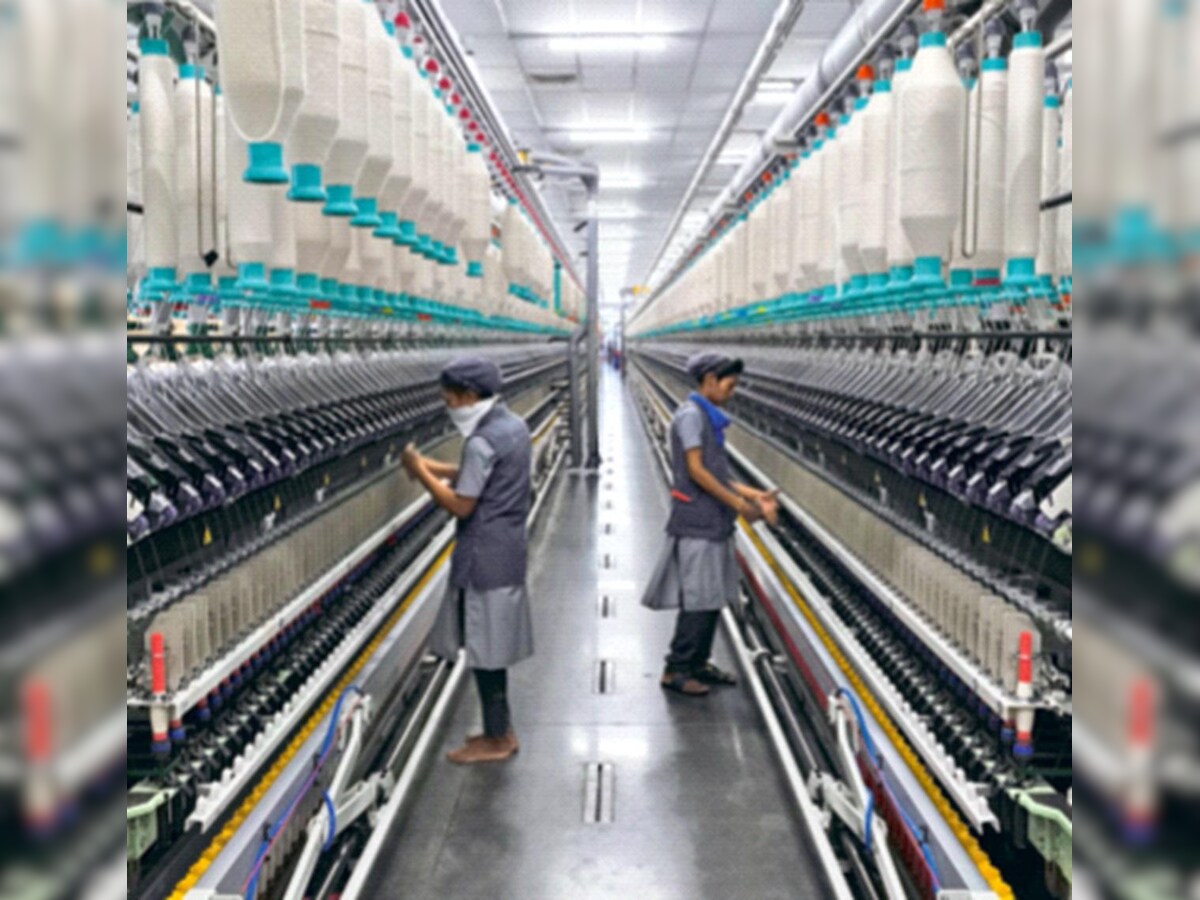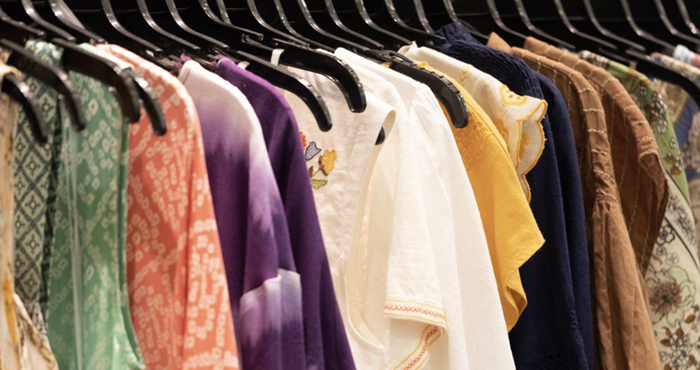FW
A number of foreign buyers of Bangladeshi garments, besides officials of Japanese giant Uniqlo have cancelled their scheduled business meeting in Bangladesh and asked exporters to meet up in a third country to negotiate orders following the terrorist attack at Gulshan on July 1. Exporters say, till now buyers are yet to show any intention to shift or cut export orders from Bangladesh due to the terrorist attack that killed 17 foreigners including apparel buyers but they expressed their anguish over the situation and wanted to know what measures have been taken to ensure security of foreign buyers.
Abdus Salam Murshedy, President of the Exporters Association of Bangladesh said some buyers of Europe and the United States who often visit Bangladesh had requested them to arrange visa to visit their countries for business meetings. But, they were not unwilling to place orders in the factories there as they were feeling scared.
He said that a number of global sourcing agents were not willing to fly to Bangladesh and exporters would have to fly to third countries like Hong Kong, Singapore and Dubai which would increase cost of doing business. Visa related difficulties would also hamper business, Salam feared. As per reports Japanese clothing major Uniqlo too cancelled visit of its officials to Bangladesh soon after the attack.
The latest bulletin of Euratex, which includes an analysis of EU external trade in 2015 global sector, as well as main EU suppliers and customers, says the China’s leading position continued to be eroded by the increasingly vigorous entry of other production zones. The report says, while in 2010, its market share of EU textiles and clothing imports stood at 40.8 per cent, this had fallen to 35 per cent by 2015. The tendency for China seemed to be more and more textile exports whose production was facilitated by more sophisticated and productive machinery, at the expense of garments which are much more labour intensive.
Euratex reports that the Mediterranean countries, which have long enjoyed the advantage of their proximity to the EU-28, have experienced the same scenario as China. Although this area was still a major supplier, its share had contracted from more than 20 per cent in 2009 to 18 per cent in 2015.
According to the report, the main beneficiary was the SAARC zone, which has gone in the opposite direction to China since 2010. From 19 per cent in 2010, its market share of textiles and clothing imports in 2015 was 24.6 per cent. The ASEAN zone, which is smaller than the SAARC area, showed enough drive and economic dynamism to grow its share of textile and clothing imports from over 6 per cent in 2010 to 8.6 per cent in 2015.
UK's decision to leave the European Union (EU) is likely to worsen the challenges facing the domestic used textiles sector, according to Textiles Recycling Association director, Alan Wheeler.
Contributing to the Materials Recycling World magazine, Wheeler pointed out that a large proportion of the UK’s business is conducted with EU member states with free trade having helped support textiles recycling industry when exporting to countries particularly in the east of the continent. Thus it would be best to wait and see what form of trade agreements the UK can negotiate before leaving the EU. This would also enable the sector to continue trading with EU partners, according to the Textiles Recycling Association director.
And regarding the ‘50 or more’ EU free trade agreements with countries or blocs of countries outside the union, people in the domestic used textiles sector would now have to negotiate their own deals so that we can continue to enjoy favourable access to these same markets.
Also under the EU, free movement of people has enabled UK firms to recruit sufficient staff. ‘These workers are not suppressing wages: rates of pay for manual workers and working conditions are generally good,’ Wheeler noted.
For the third year in a row, the US has kept Bangladesh out of its Generalised System of Preferences (GSP) list of beneficiary countries for trade privileges, on grounds of poor labour rights. Ten more countries viz Ecuador, Fiji, Georgia, Indonesia, Iraq, Niger, the Philippines, Thailand, Ukraine and Uzbekistan also feature in this list, mostly on account of poor labour rights record.
Incidentally, the United States Trade Representative (USTR), the chief trade negotiation body for the US government updated the list of beneficiaries for the GSP scheme only last month. Bangladesh was suspended from the GSP scheme in April 2013 on grounds of shortcomings in workplace safety and poor labour rights in the garment sector after the infamous Rana Plaza fire tragedy in which more than 1,000 people expired. The Obama administration then provided Bangladesh a 16-point action plan to win back the trade benefits.
Dhaka has already handed in its progress report on the action plan but it fell short of the USTR's expectations. Before the suspension of GSP, Bangladesh used to annually export nearly $36 million worth of products to the US under the 40-year-old GSP scheme under which the US allows duty-free import of nearly 5,000 products from 122 beneficiary countries and territories.
To protect domestic manufacturers, government of India’s (GoI) Revenue Department has slapped anti-dumping duty of up to $168.76 per ton on import of a chemical used in textile industry from five countries, including China and Iran. This was in response to MCC PTA India Corp and Reliance Industries jointly filing an application seeking anti-dumping probe.
The import restrictive tax has been imposed for five years by the Revenue Department on recommendations of the Directorate General of Anti-Dumping and Allied Duties (DGAD), said a notification of Central Board of Excise and Customs (CBEC). The import of chemicals from the five countries (China, Iran, Indonesia, Malaysia and Taiwan) will attract anti-dumping duty in the range of $83.08 per tonne to $168.76 per ton.
In December last year, the Department had imposed provisional anti-dumping duty on the imports. The DGAD, after an investigation, had found that the chemical 'Purified Terephthalic Acid' was being exported to India from the five countries below its normal value. Thus the chemical was being dumped into India.
"Under the Agreement that supplements the Host Country Agreement, the Government of Kazakhstan has committed to provide the premises for the ESCAP’s Sub regional office for North and Central Asia (SONCA) along with a recurring annual grant for operational and programme costs of the office."

The United Nations’ Economic and Social Commission for Asia and the Pacific (ESCAP) and the Government Kazakhstan have affirmed their commitment to work in unison to address the critical social and economic development needs of the people of North and Central Asia by way of a new Agreement signed in Bangkok today.
Under the Agreement that supplements the Host Country Agreement, the Government of Kazakhstan has committed to provide the premises for the ESCAP’s Sub regional office for North and Central Asia (SONCA) along with a recurring annual grant for operational and programme costs of the office.
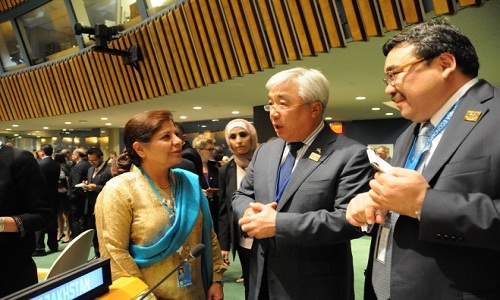
Incidentally, the office was opened in Almaty on 5 July 2011 upon the initiative of the Government of Kazakhstan and in line with a United Nations General Assembly Resolution to better address development priorities of member states and to strengthen regional cooperation and integration for accelerating progress towards achieving inclusive and sustainable development.
According to United Nations Under-Secretary-General and Executive Secretary of ESCAP, Dr. Shamshad Akhtar the signing ceremony marks an important step in the UN’s journey towards making a meaningful contribution to the development of the North and Central Asian sub-region.
He concluded by saying that the conclusion of the Agreement would help in cementing the status of the office and provide assurances for its continued functioning, reinforcing the proposed role of Almaty as the hub for United Nations offices in Central Asia.
H.E. Mr. Marat Yessenbayev, Ambassador Extraordinary and Plenipotentiary of Kazakhstan to Thailand and Permanent Representative to ESCAP observed that the day’s ceremony was an important step in the expansion and deepening of cooperation between ESCAP and the countries of North and Central Asia.
He added that the agreement would bring upon Kazakhstan even greater responsibility in his country’s work in different UN institutions.This is especially important given the fact that Kazakhstan has become a non-permanent member of the UN Security Council, he added.
SONCA works with Armenia, Azerbaijan, Georgia, Kazakhstan, Kyrgyzstan, the Russian Federation, Tajikistan, Turkmenistan and Uzbekistan using its normative and analytical work, policy advocacy and capacity-building activities, as well as promotion of regional cooperation to help speed up regional progress towards the Sustainable Development Goals (SDGs). Afghanistan participates in the activities of the NCA as a member of the United Nations Special Programme for the Economies of Central Asia (SPECA).
India has imposed anti-dumping duty on import of Purified Terephthalic Acid (PTA) from China, Iran, Taiwan, Indonesia and Malaysia for a period of five years. The imports of PTA will now attract an anti-dumping duty in the range of US$ 83.08 per tonne to UDS$ 168.76 per tonne.
PTA is a white free flowing crystalline powder that is the primary raw material for the manufacture of polyester chips. This in turn is used in a number of applications in textiles, packaging, furnishings, consumer goods, resins and coatings.
In December last year, the Revenue Department had imposed provisional anti-dumping duty on PTA imports after an investigation found that the chemical was being imported below its normal rate.
However, the PTA Users Association has demanded the Union government to withdraw its proposal for imposition of the duty on the import of PTA. The association says that the anti-dumping duty will have a negative impact on over 20,000 small and medium polyester fiber and polyester yarn manufactures in the country.
This will also further affect and might end the competition within the industry. Currently, the polyester fiber industry is working at just 60 to 70% capacity utilization because of tight supply of PTA and the imposition of anti-dumping duty will bring down capacity utilization further.
Anti dumping on PTA is not new. It is just that the old notification was valid till mid-June and the renewal got late. Local producers have been charging 25 dollars per ton on international prices on account of anti dumping duty. They are not charging it against advance licence for yarn exports.
Till now there are three producers of PTA namely Reliance India Limited, Indian Oil Corporation Ltd. and Mitsubishi Chemical Corporation (MCC). JBF Industries is also in plans to start PTA production in the next few months.
Protesting against the company’s worsening management and demanding retroactive profit shares that are eight years late, dozens of workers of KCG Textile,Egypt started an open-ended strike last Sunday.The KCG factory is situated in the industrial area of 10th of Ramadan City.
The workers said that they would continue the strike until they are called on the negotiation table to sit with the company’s executive leaders and not the current management. They accused the latter of not paying out profit shares to the workers.
While focusing their feud on the management, the workers demanded the formation of an independent syndicate to ensure their rights and act as an advocate in front of the company and the application of a social security system to protect the workers from forced suspension.
KCG is one of the largest international Turkish companies working in the field of textiles and energy. After hearing about the strike, riot police surrounded the company. No confrontation between the workers and the police took place.
In 2012, KCG expressed its desire to build an industrial compound in Sinai with an investment of $400 million.
For the third year in a row, the US has kept Bangladesh out of its Generalised System of Preferences (GSP) list of beneficiary countries for trade privileges, on grounds of poor labour rights.
Ten more countries viz Ecuador, Fiji, Georgia, Indonesia, Iraq, Niger, the Philippines, Thailand, Ukraine and Uzbekistan also feature in this list, mostly on account of poor labour rights record.
Incidentally, the United States Trade Representative (USTR), the chief trade negotiation body for the US government updated the list of beneficiaries for the GSP scheme only last month.
Bangladesh was suspended from the GSP scheme in April 2013 on grounds of shortcomings in workplace safety and poor labour rights in the garment sector after the infamous Rana Plaza fire tragedy in which more than 1,000 people expired. The Obama administration then provided Bangladesh a 16-point action plan to win back the trade benefits.
Dhaka has already handed in its progress report on the action plan but it fell short of the USTR's expectations.
Before the suspension of GSP, Bangladesh used to annually export nearly $36 million worth of products to the US under the 40-year-old GSP scheme under which the US allows duty-free import of nearly 5,000 products from 122 beneficiary countries and territories.
Indonesia’s Import Identification Number (API) chairman Ade Sudrajat has said that rising food prices have forced people of Indonesia put aside their clothing preferences.
The absorption of the domestic market, up to May, decreased ten per cent compared to that of the same month in 2015. This information is based on a data received from the Indonesian Textile Association (API).
According to the API chairman, the performance of the domestic market this year was far worse than that of last year. It was a sorry plight to notice that the rise in food prices rise has affected the purchasing power of the people.
Fortunately, the export market did not go down. In the period from January to April, the value of exports of textiles and textile products reached USD 3.96 billion. That figure is relatively stagnant compared to the same period last year.
Meanwhile, the total value of exports reached USD 12.28 billion. The performance of Indonesian textile exports stagnated because of the competition from Vietnam which recorded export value of USD 30 billion in the first quarter of this year.
United States is still the main export market of textile products Indonesia. Its export reached 36 per cent followed by the EU with 14 per cent. Textile exports to the EU fell 20 per cent compared to that of last year.

